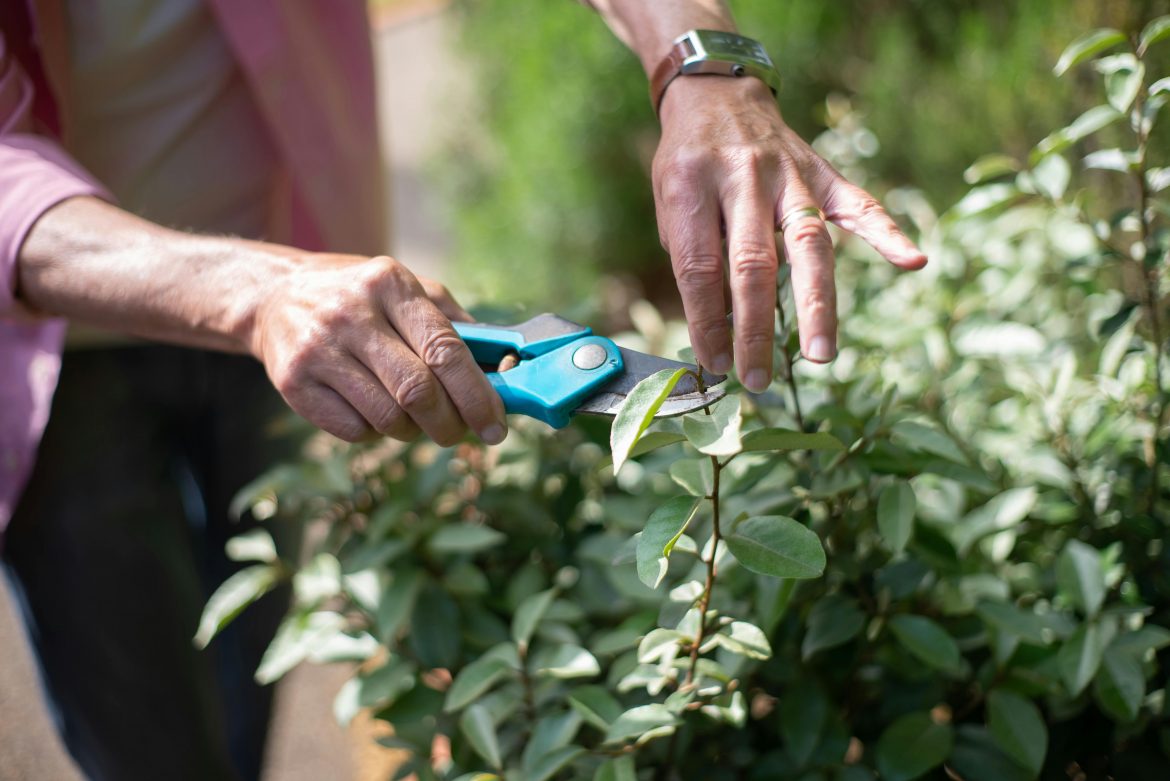Spring is the season of renewal, and while flowers and fresh shoots begin to take over the garden, it’s also the time to get your secateurs out. Pruning at the right moment can encourage new growth, improve flowering, and keep plants looking their best for the season ahead. But not everything should be cut back at this time of year. The key is knowing which shrubs and perennials benefit most from a spring tidy-up.
Here are six groups of plants to prune in spring, and why timing matters.
ALSO SEE: How to make your basil grow faster
Winter-flowering shrubs
Shrubs that bloom through the colder months, such as camellia, mahonia and witch hazel, respond well to pruning just after their flowers fade. Cutting them back now gives plenty of time for strong new growth to develop through summer, which will carry next year’s blooms. Start by removing any dead or damaged branches, and only take off a little each year to keep their shape neat and compact.
Summer-flowering shrubs
Shrubs that put on their show in summer, like butterfly bush, hardy fuchsias and hibiscus, usually flower on new season growth. That means they can be pruned in early spring without sacrificing their display. Trim them back before they burst into active growth, and you’ll be rewarded with vigorous stems and masses of blooms later in the season.
Tender shrubs
Mediterranean favourites such as lavender, rosemary and cistus can become woody and straggly if left unchecked. A light spring prune encourages bushier growth and keeps their aromatic foliage looking fresh. In colder regions, wait until the frosts have passed before cutting back to avoid damaging tender new shoots.
Herbaceous perennials
Many gardeners leave perennials standing over winter to provide structure and shelter for wildlife. By early spring, however, it’s time to clear away old stems to make space for new shoots. Plants like asters, black-eyed Susans and hardy geraniums benefit from this seasonal cutback. Snipping back the faded growth allows light and air to reach the crown, giving perennials the best start to the growing year.
Deciduous grasses
Ornamental grasses add texture and movement to winter borders, but come spring, the old stems should be cut down to make way for fresh growth. Gather the clumps together and trim them back to around 15–30cm from the base. Doing this before the new shoots appear ensures a healthy flush of green blades and prevents the old foliage from tangling with the new.
Shrubs with colourful winter stems
Plants prized for their vibrant winter stems, such as dogwood and willow, shine brightest on young growth. Pruning in early spring encourages the development of fresh stems that will provide vivid colour the following winter. Remove a proportion of the oldest stems down to the base, or, for willows, cut back more heavily if you want a dramatic flush of new shoots.
Pruning in spring isn’t about cutting everything back at once—it’s about targeting the plants that will truly benefit. Done thoughtfully, these seasonal cuts lead to healthier shrubs, more flowers, and borders that look fresh and full of life.
ALSO SEE:
Featured Image: Pexels

